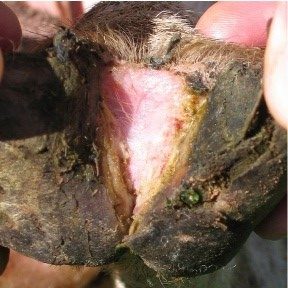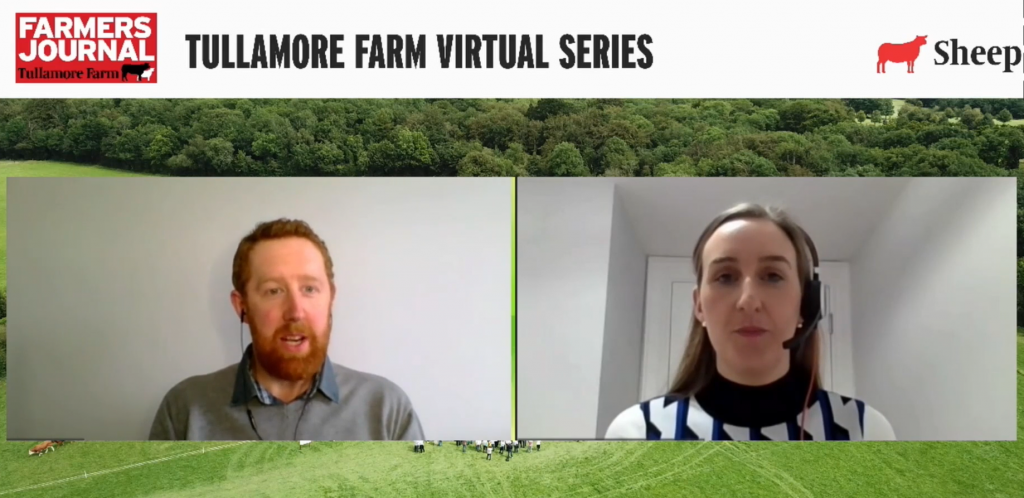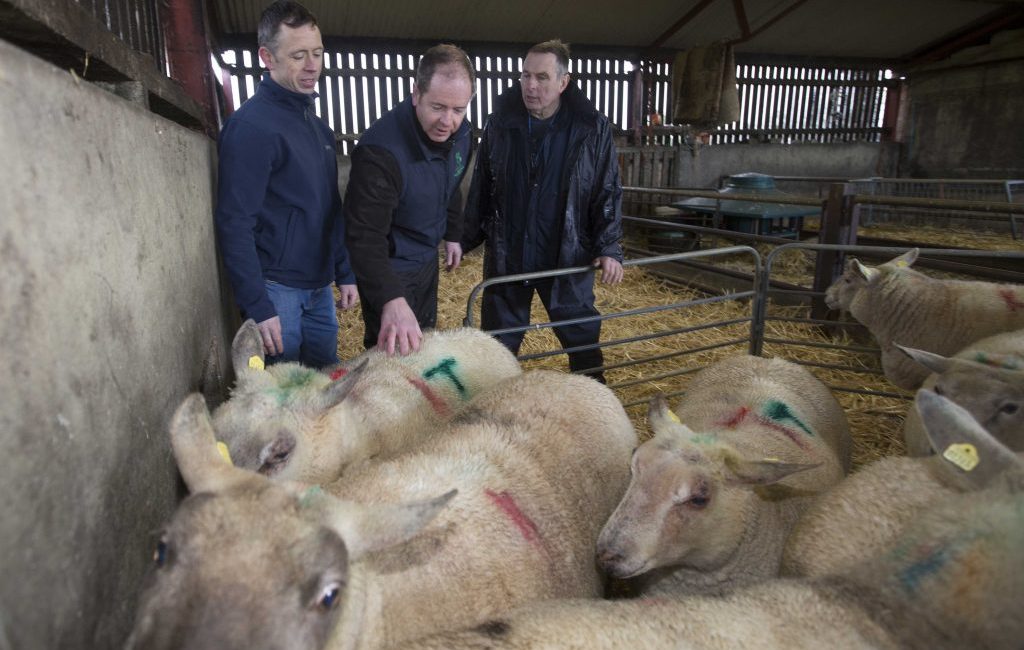
Prevention for Profit Competition – MSD Animal Health – Bovilis
MSD Animal Health are delighted to announce the two overall champions of this year’s Prevention for Profit competition. This year the competition was MSD Animal Health are delighted to announce the two overall champions of this year’s Prevention for Profit competition.
Read more about Prevention for Profit Competition – MSD Animal Health – Bovilis




